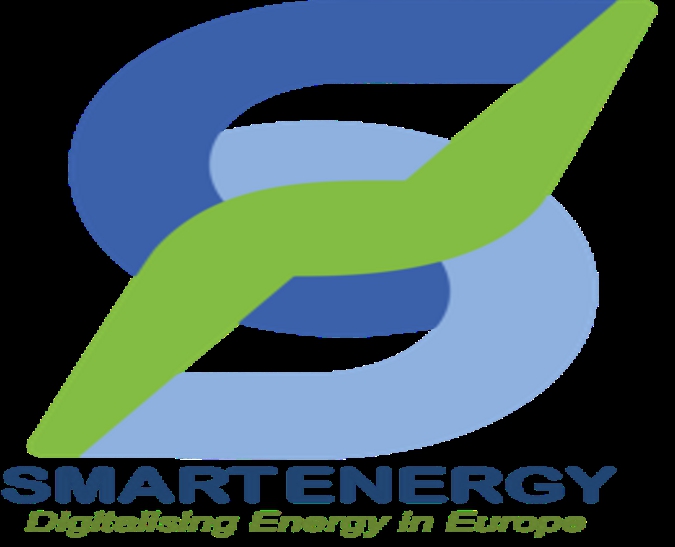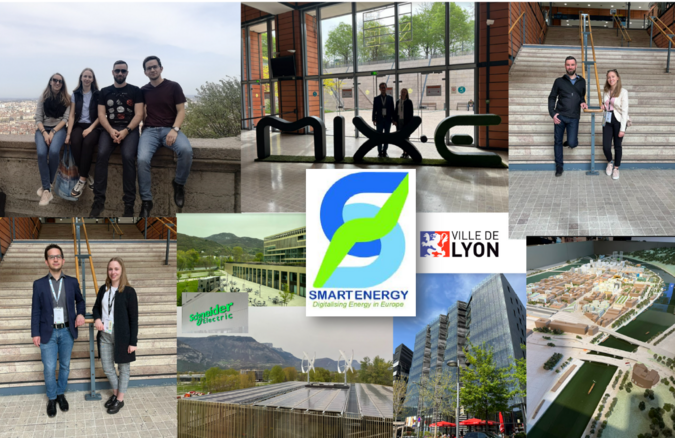
The event was hosted by the French Minalogic and Tenerrdis Clusters. 4 participants from Hungary came to the event, the representative of the ArchEnerg Cluster and the representatives of 3 partner companies from Omega Code Ltd., Vilometric Ltd. and CSF-ELECTRIC Ltd. Other participants came from Belgium, the Provincial Development Agency of Limburg, the Multitel - R&D Center, the Tweed Cluster, INGESTIC and the Infopole Cluster. Participants also came from Italy from GAIA, Environment Park and Hal Service Spa. Representatives from the Danube Hub Cluster and the USH Pro Business Center from Romania took part.
Contact details of the participating Hungarian SMEs:
- Omega Code Ltd. www.omegacode.hu
- Vilometric Ltd. www.vilometric.hu
- CSF-ELECTRIC Ltd. www.csfelectric.hu
The main objectives of the meeting were:
- Establishing and strengthening links between SMEs, clusters and other stakeholders in the field of energy and digitalisation,
- Exploring possible relationships, business opportunities and / or joint collaborations,
- Discovering local initiatives, strategies and services
- Learn how to create an eco-district,
- Get to know the activities of local companies, which mainly deal with energy efficiency and digitalisation,
- Attend lectures that approach the current topic in different ways.
The conference included a three-day program that began with a welcome from the Minalogic and Tenerrdis Clusters, outlining their activities and the essence of the project. They continued to provide insights into local industries, company and institutional visits, a visit to the MIX-E exhibition, a presentation of the Lyon eco-district, and a number of roundtable discussions. The organization of the next SMARTENERGY meeting was also mentioned during the French conference. This is expected to take place in late June in Turin, Italy, where the host will be the Italian Environment Park.
The event began on the morning of April 12, 2022, at the CEA Center in Grenoble. The possibilities of applying micro LED technology, the operation of electromagnetic lamps and BCI technology were presented. In addition, the Isybot intelligent robot has been introduced, which can mimic the movements, so it can trigger the work of several people or robots in a production process. In addition, the exhibition also included the process of producing solar cells based on Solaire technology and the production of hydrogen from a water molecule, the steps of which and the storage of the final product were presented. The morning section ended with the presentation of Invest in Grenoble, during which the city and its operation and activities were introduced. Grenoble is a leading innovation and industrial area with significant industrial activity, mainly in the field of energy. One of the most significant activities is the production of hydrogen and the creation of hydrogen-powered vehicles. There are also a number of plants operating in the fields of wind farms, solar power plants, batteries and energy-efficient buildings. Research institutes in the energy sector should also be highlighted. The program was a company visit in the second half of the day, with a choice of three major industrial facilities: Schneider Electric, Eolas and Campagnie de Chauffage. The Hungarian team visited Schneider Electric, where they had an insight into the operation of the net zero-energy building. The building also has its own wind and solar power plants.
The second day was spent at the MIX-E exhibition at the Lyon Congress Center. Several French companies attended the event, showcasing their various energy products. In parallel with the exhibition, there were lectures on all aspects of energy. The event had 200 exhibitors, about 6,000 participants and 60 performances.
On the last day of the conference, the program began at the University of the Digital Region. They presented the laboratories of the university, where testing of various manufacturing processes can be performed. Thanks to the fully digitized factory, four industrial consortia of companies, schools and laboratories offer a unique, immersive experience: technology platforms, digitized laboratories, data management, additive manufacturing, 3D printing, virtual reality, robotics, laser technology. The next stop in Lyon was an eco-region currently under construction. First, the development plans were presented in a mock-up in the exhibition hall, and then the current condition was illustrated at the original site. The new district is an inspiring example of creating a large-scale but low-carbon neighborhood. 30 photovoltaic facilities provide more than 2 MW of electricity, equivalent to the annual consumption of 1,000 households, and the smart grid is still under development. The last stop was TUBA. It is a living lab in Lyon that develops urban projects based on digital cultures and data potential.

